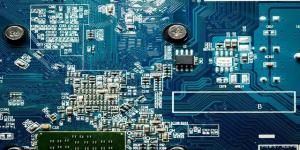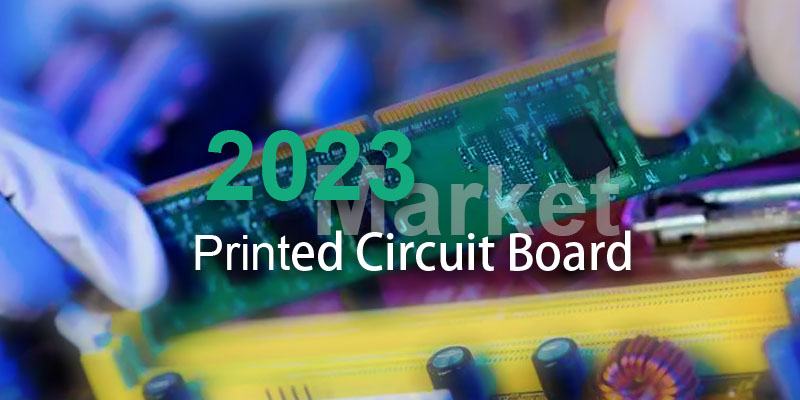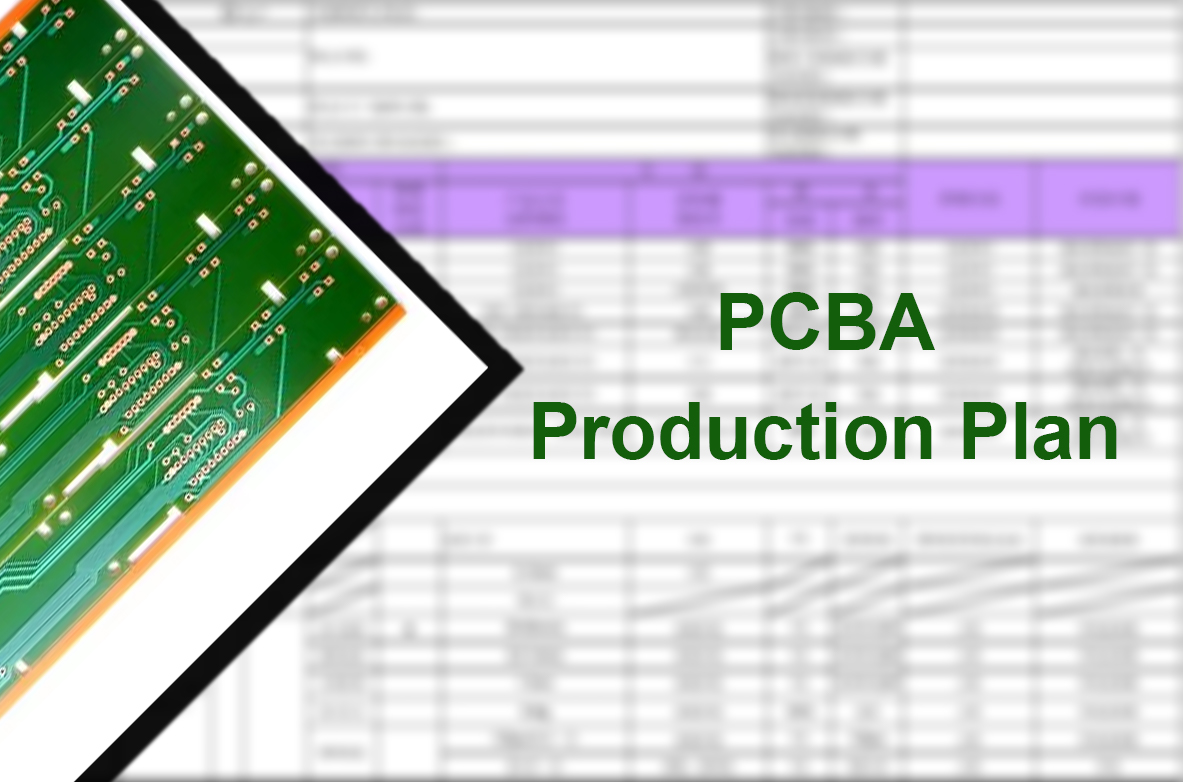PCBA применяется в электронных продуктах
В современном быстро развивающемся мире электронных технологий спрос людей на различные интеллектуальные устройства растет с каждым днем. Одной из основных технологий, лежащих в основе этих устройств, являетсяPCBA (сборка печатной платы)Технология сборки печатных плат. Базовые знания о печатных платах, которые являются важным компонентом электронных продуктов, не только имеют решающее значение для инженеров-электронщиков, но и являются одним из способов понимания электронных продуктов для потребителей. Далее давайте узнаем базовые знания о PCBA и его важной роли в электронном мире.
Основная концепция и состав PCBA
PCBA — это процесс пайки электронных компонентов (таких как конденсаторы, резисторы, микросхемы и т. д.) на печатных платах для формирования полной системы печатных плат. PCBA содержит несколько важных компонентов, основным из которых является печатная плата (PCB).
Печатная плата представляет собой подложку, похожую на плату, изготовленную из изоляционного материала, на которой с помощью специальных процессов формируются схемы, такие как провода и места установки компонентов. Проектирование и производство печатных плат являются основой печатных плат, а разумная компоновка и точное производство определяют производительность и надежность печатных плат.
Процесс изготовления печатной платы
Процесс производства печатных плат можно разделить на несколько основных этапов: предварительная подготовка, изготовление печатной платы, установка и сварка компонентов, тестирование и контроль качества.
Предварительная подготовка включает в себя разработку принципиальных и внешних схем плат, подбор материалов и т.д.
В процессе производства печатных плат необходимы печать, фотолитография, гальваническое покрытие, травление и другие процессы, чтобы в конечном итоге создать заранее разработанные схемы схем.
Установка и сварка компонентов являются важными этапами работы с печатной платой, и необходима точная сварка в зависимости от положения установки компонента и контактов на печатной плате.
Наконец, посредством тестирования и контроля качества убедитесь, что производительность и надежность печатной платы соответствуют требованиям.
Тенденции развития и проблемы PCBA
Благодаря постоянному развитию технологий PCBA также постоянно развивается и внедряет инновации. С одной стороны, с постоянным улучшением функций электронных продуктов также растут требования к PCBA, такие как более высокая плотность и более высокая скорость.
С другой стороны, охрана окружающей среды и энергосбережение также ставят новые задачи передпроизводство печатных плат, требующие использования более экологически чистых материалов и процессов.
В то же время процесс производства печатных плат также сталкивается с проблемами стоимости и эффективности. Поэтому индустрия печатных плат нуждается в постоянном обновлении технологий и оборудования для решения новых задач.
Понимая базовые знания о PCBA, мы можем лучше понять основные технологии и производственные процессы, лежащие в основе электронных продуктов. Будучи неотъемлемой частью мира электроники, PCBA имеет большое значение как для инженеров-электронщиков, так и для потребителей.
С развитием технологий PCBA будет продолжать развиваться и внедрять инновации, предоставляя больше возможностей для разработки электронных продуктов.
























